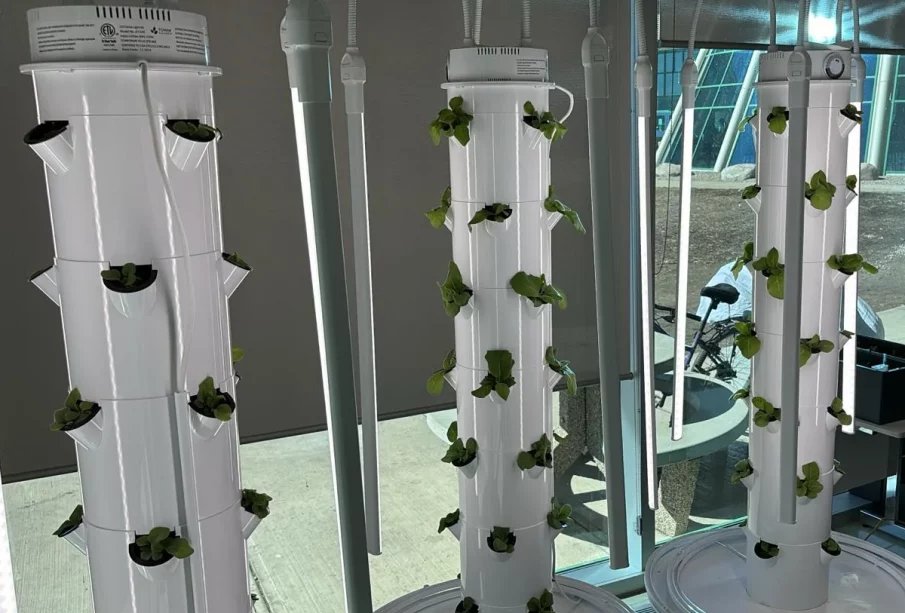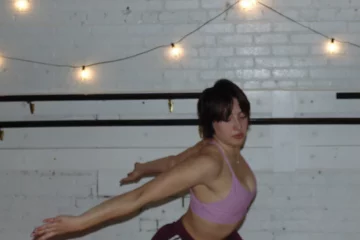This national outreach project introduces Canada’s youth to the fascinating world of STEM
The Let’s Talk Science program (LTS) is a nationally run Science, Technology, Engineering, and Mathematics (STEM) outreach project with an objective to break the stereotypes associated with STEM. Trained volunteers engage with children as young as three years old and up to the age of 18 in various hands-on activities promoting STEM.
Methods of outreach
The outreach aspect of LTS involves two approaches– the recorded lectures which are broadcasted in 700-800 classrooms across Canada and local school outreach where trained volunteers are sent to schools within the community with kits to demonstrate their STEM knowledge. These volunteers play the role of positive role models to children who are unable to participate in conventional classrooms due to behavioural disabilities or commitment issues. Volunteers share information about career choices and goals and introduce the youngsters to the wide world of STEM.
Tobacco Towers project
One of their programs takes place at the First Nations University of Canada (FNUniv) campus. Various initiatives are incorporated, like broadcasting recorded STEM lectures, local school outreach, and a unique initiative called Tobacco Towers. FNUniv is the only site of the LTS program in Canada to have hydroponic tobacco towers.
Many volunteers at LTS’s program at the FNUniv are students from the UofR. Jake Nasewich and Farah Al-Anbagi are two such students who are tobacco volunteers for LTS. Their primary responsibility is to grow and maintain the tobacco in the hydroponic towers and ensure that the towers are properly watered, enough sunshine is provided, and that they are appropriately fertilized. They examine the towers weekly for healthy growth.
Harvesting the plant is a four to six-month process, after which tobacco is dried by tying it in bundles in the medicine room. After processing, this tobacco is sent to Indigenous communities for ceremonial use. Olsen acknowledged the hard work of the volunteers involved, “The Tobacco Tower project would not be possible without Farrah and Jake,” she said.
Al-Anbagi highlighted that the rewarding part of being a Tobacco Tower volunteer is being able to see how the tobacco that they grew is used in Indigenous ceremonies. “We attended a pipe ceremony that was held at the First Nations University, and we were able to see how the tobacco was actually put into use. And seeing that kind of brings everything into perspective.”
She also pointed out that being a part of the LTS team has made her and Nasewich, her fellow volunteer, better allies of the Indigenous community, as they closely work around traditional Indigenous culture and Indigenous elders.
You don’t have to know everything, but you can still be a scientist if you choose to be. – Cenwyn Olsen, senior outreach coordinator, LTS
Volunteers’ experiences
Speaking of her experience as a volunteer, Al-Anbagi shared that, “Being a positive role model for them was really impactful and they were able to learn from us. It’s really nice to see them engage with what we’re presenting.”
Nasewich shared his experience he had with a young student who seemed a little disruptive during the class but was extremely attentive during a geology experiment using cookies and matchsticks. The student confided with Jake while making various decisions during the experiment. “It was very cool to see him show such interest,” said Nasewich.
A similar impactful experience was had by Cenwyn Olsen, the senior outreach coordinator at LTS. During an online lecture, a young boy was extremely camera shy, which resulted in him not participating in any activities. When Olsen noticed him, she shut off one of the cameras and approached the boy to work with her by himself. Later, she explained to him how cameras work which made him more comfortable and enabled him to join the rest of the kids in the group activities.
The outreach program not only benefits the students involved but also the volunteers. The program puts them on track to become STEM professionals enriched by the experience they gain in engaging with young minds.
Olsen mentions that the program also has volunteers with no science background who assumed that they would never pursue a STEM profession but after joining the LTS program, found their way towards STEM. “It’s a little bit of a success story. You don’t have to be the smartest student. You don’t have to know everything, but you can still be a scientist if you choose to be,” said Olsen.









